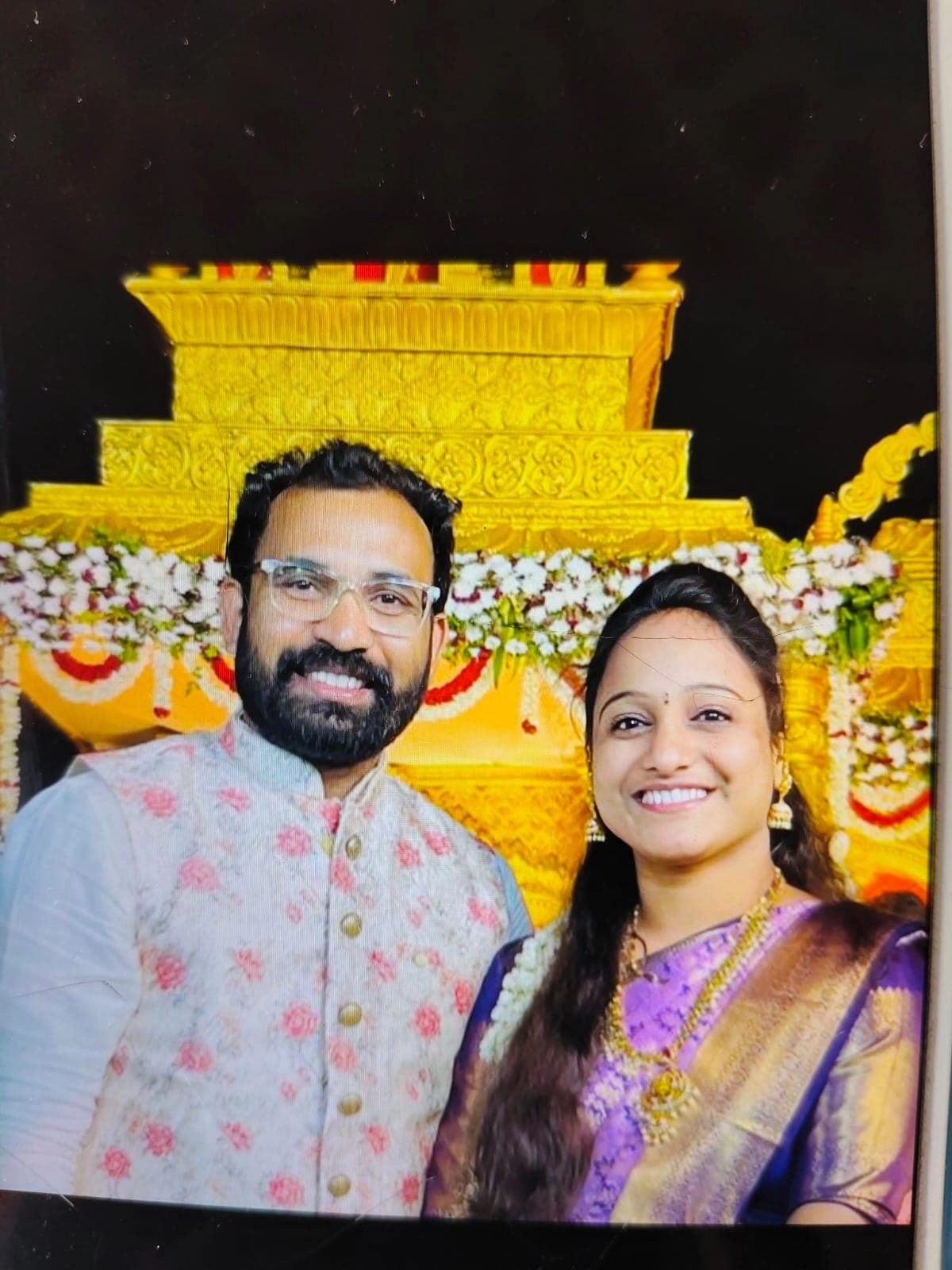In a bizarre turn of events in Uttar Pradesh, a 22-year-old man found himself entangled in a marriage he never intended to enter. Initially believing he was set to marry his fiancée, the young man was instead deceived into tying the knot with her mother, who is 45 years old. This shocking incident has raised eyebrows and sparked discussions about the implications of such a manipulation, particularly in the context of societal norms and legal frameworks surrounding marriage in India.
The complexity of this situation lies not only in the age difference but also in the sheer audacity of the deception. The young man had been in a relationship with his fiancée, and the wedding preparations were underway when the unexpected twist unfolded. Under circumstances of misrepresentation, the young man was led to believe he was marrying his beloved. The marriage ceremony, which should have been a celebration of love and commitment, instead became a source of confusion and distress for the groom, who was left grappling with the consequences of this unexpected union.
This incident highlights significant issues related to consent and autonomy in marriage. In many cultures, including Indian society, marriage is a significant social contract that is often underscored by mutual respect and understanding. The young man’s experience raises questions about the safeguards in place to protect individuals from such deceitful practices. It also underscores the importance of clear communication and transparency in relationships, as well as the need for legal mechanisms to address instances of fraud in marriage.
As news of this unusual case spreads, it serves as a cautionary tale for young individuals navigating the complexities of relationships, particularly in a society where familial influence can play a profound role in personal decisions. This incident not only challenges the norms surrounding marriage but also prompts a broader conversation about the ethical obligations individuals have toward one another in the context of love and commitment. Ultimately, it reflects the need for greater awareness and education on the legal rights of individuals in marital arrangements, ensuring that such occurrences do not happen in the future.




